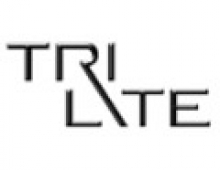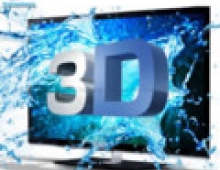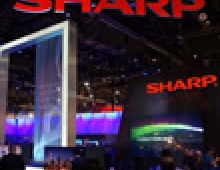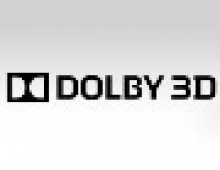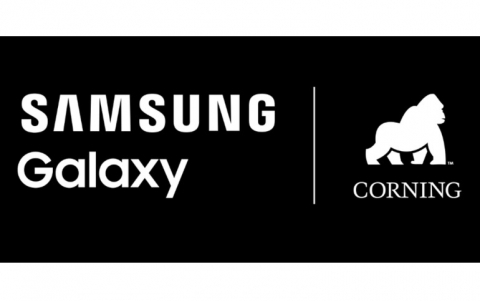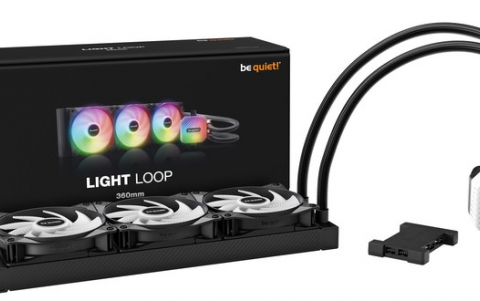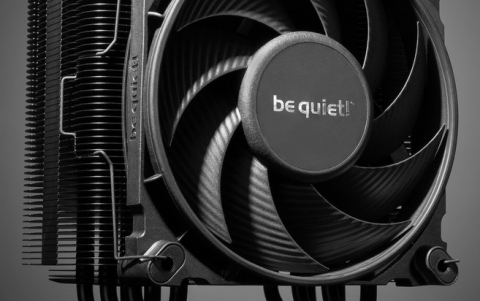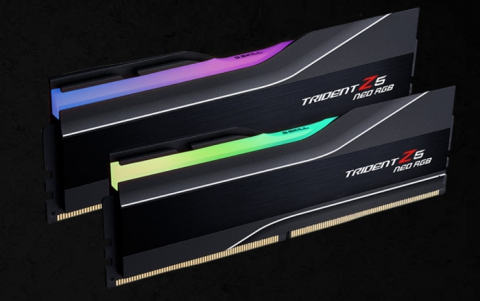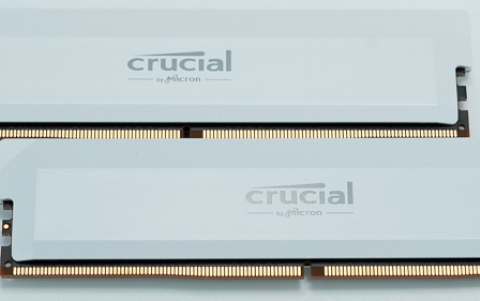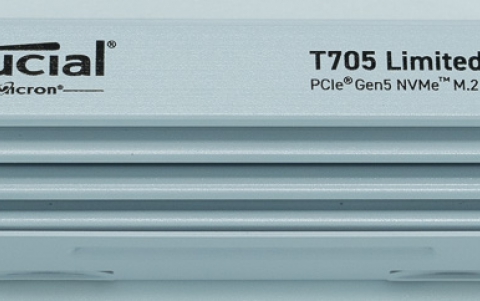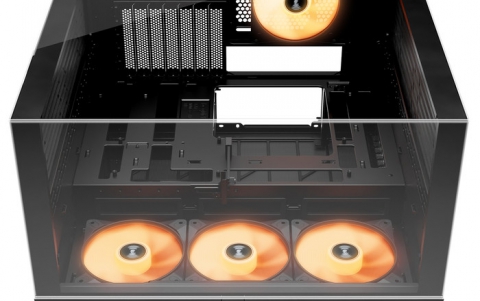
3-D TV Shipments Soar by Nearly 500 Percent in 2011
Driven by a pronounced change in marketing and promotion strategies as well as price declines and an increasing availability of content, worldwide shipments of 3-D TVs will catapult by a 463 percent to reach 23.4 million units in 2011, according to a research.
IHS iSuppli said that the 3-D TV projections in 2011 represent startling growth for the much-publicized technology, with shipments expanding by a factor of 5.5 from 4.2 million units last year. Another year of triple-digit growth is expected in 2012, when shipments will soar by 132 percent to 54.2 million units. Global shipments will breach the 100-million-unit mark by 2014 and then hit 159.2 million in 2015.
"In a major recalibration effort, television brands are changing strategies this year following lukewarm response to 3-D in 2010 when consumers balked at the high price of sets and the lack of 3-D content," said Riddhi Patel, director for television systems and retail services at IHS. "In 2011, however, brands are marketing 3-D not as a must-have technology but as a desirable feature, similar to the approach they have taken with Internet connectivity."
Brands believe this approach to promoting 3-D allows consumers to decide whether they wish to use the feature when they are ready, while convincing them that their newly purchased television is future-proofed, Patel noted. This gives consumers the appearance of having the choice to use a feature already present in a purchase that they made, instead of forcing them to buy a technology for which they might be unprepared, according to the television brands.
To further motivate consumers to buy 3-D TVs, brands are slashing prices. Prices for 3-D TVs fell 9 percent during March 2011 compared to February, according to the US TV Price and Specifications Tracker, a monthly IHS iSuppli service that tracks U.S. TV prices. Within the next year, prices will shift again, in accordance with the feature mix dictated by public preferences at the moment - a process expected to democratize 3-D adoption among consumers in all income brackets.
Broadcasting of 3-D also will enjoy an uptake, helping to dispel the public perception of a serious lack in currently available 3-D content for consumption. From the launch of 3-D TV services in June 2010 for the United States, and then in October the same year for the United Kingdom, more than 80 live sources of 3-D broadcast or pay-TV content had been delivered by the end of 2010. More programming will be available this year, topped by sports-related events and then followed by primetime entertainment, films and documentaries.
Options also are arising for the 3-D glasses that are required for 3-D TV viewing. While the current active shutter glasses provide better picture quality, an alternative known as passive Film Patterned Retarder (FPR) not only will expand availability in sizes as small as 32-inches, but also will reduce the overall cost of ownership, with the glasses being more user friendly as well. By 2015, passive 3-D shipments will surpass those of active 3-D, IHS expects.
Liquid crystal display (LCD) will remain the dominant technology for the 3-D TV market, accounting for 83 percent of 3-D TVs sold in 2011, IHS estimates. In comparison, plasma is a much smaller player. However, 3-D penetration in plasma is higher, as the highly touted feature is one that plasma manufacturers hope will help slow the decline of the plasma market.
The 3-D TV share of the global flat-panel market will continue to rise in the years to come, jumping to 11 percent in 2011 from 2 percent last year, and then doubling next year to 22 percent. By 2015, 3-D TVs will account for 52 percent of flat-panel shipments.
The most popular 3-D TV size during 2011 will be in the 40- to 41-inch range, numbering about 3.3 million units; followed by the 55- to 59-inch range, with shipments of 2.9 million units; and the 45- to 46-inch range, with 2.7 million units.
"In a major recalibration effort, television brands are changing strategies this year following lukewarm response to 3-D in 2010 when consumers balked at the high price of sets and the lack of 3-D content," said Riddhi Patel, director for television systems and retail services at IHS. "In 2011, however, brands are marketing 3-D not as a must-have technology but as a desirable feature, similar to the approach they have taken with Internet connectivity."
Brands believe this approach to promoting 3-D allows consumers to decide whether they wish to use the feature when they are ready, while convincing them that their newly purchased television is future-proofed, Patel noted. This gives consumers the appearance of having the choice to use a feature already present in a purchase that they made, instead of forcing them to buy a technology for which they might be unprepared, according to the television brands.
To further motivate consumers to buy 3-D TVs, brands are slashing prices. Prices for 3-D TVs fell 9 percent during March 2011 compared to February, according to the US TV Price and Specifications Tracker, a monthly IHS iSuppli service that tracks U.S. TV prices. Within the next year, prices will shift again, in accordance with the feature mix dictated by public preferences at the moment - a process expected to democratize 3-D adoption among consumers in all income brackets.
Broadcasting of 3-D also will enjoy an uptake, helping to dispel the public perception of a serious lack in currently available 3-D content for consumption. From the launch of 3-D TV services in June 2010 for the United States, and then in October the same year for the United Kingdom, more than 80 live sources of 3-D broadcast or pay-TV content had been delivered by the end of 2010. More programming will be available this year, topped by sports-related events and then followed by primetime entertainment, films and documentaries.
Options also are arising for the 3-D glasses that are required for 3-D TV viewing. While the current active shutter glasses provide better picture quality, an alternative known as passive Film Patterned Retarder (FPR) not only will expand availability in sizes as small as 32-inches, but also will reduce the overall cost of ownership, with the glasses being more user friendly as well. By 2015, passive 3-D shipments will surpass those of active 3-D, IHS expects.
Liquid crystal display (LCD) will remain the dominant technology for the 3-D TV market, accounting for 83 percent of 3-D TVs sold in 2011, IHS estimates. In comparison, plasma is a much smaller player. However, 3-D penetration in plasma is higher, as the highly touted feature is one that plasma manufacturers hope will help slow the decline of the plasma market.
The 3-D TV share of the global flat-panel market will continue to rise in the years to come, jumping to 11 percent in 2011 from 2 percent last year, and then doubling next year to 22 percent. By 2015, 3-D TVs will account for 52 percent of flat-panel shipments.
The most popular 3-D TV size during 2011 will be in the 40- to 41-inch range, numbering about 3.3 million units; followed by the 55- to 59-inch range, with shipments of 2.9 million units; and the 45- to 46-inch range, with 2.7 million units.




